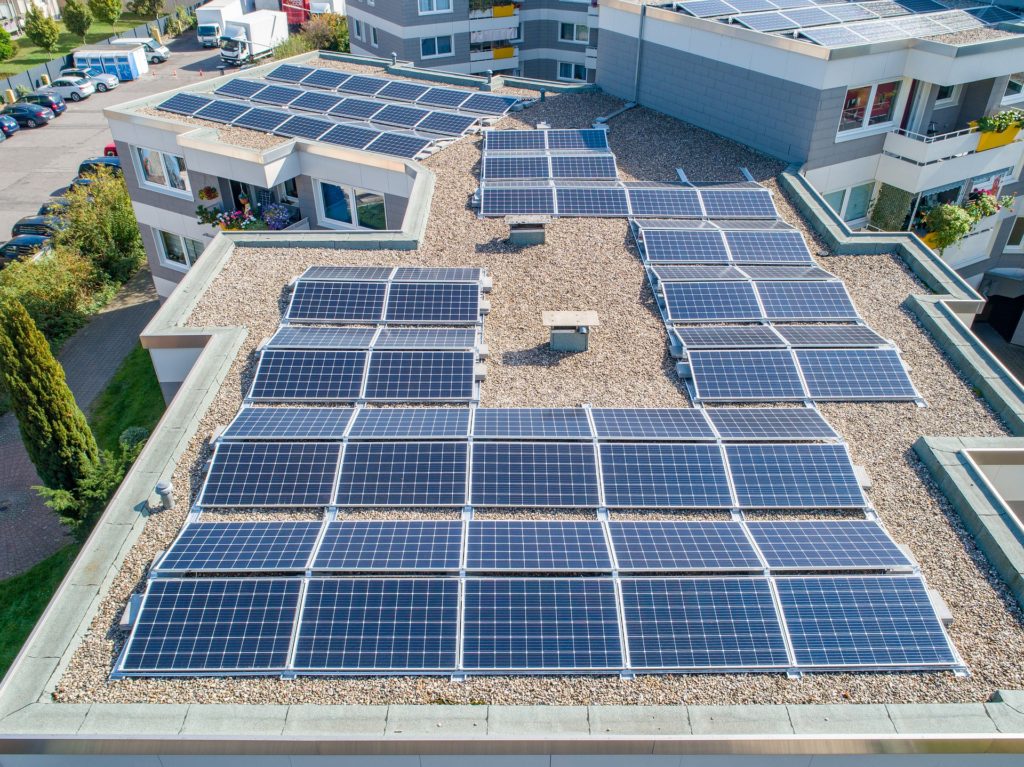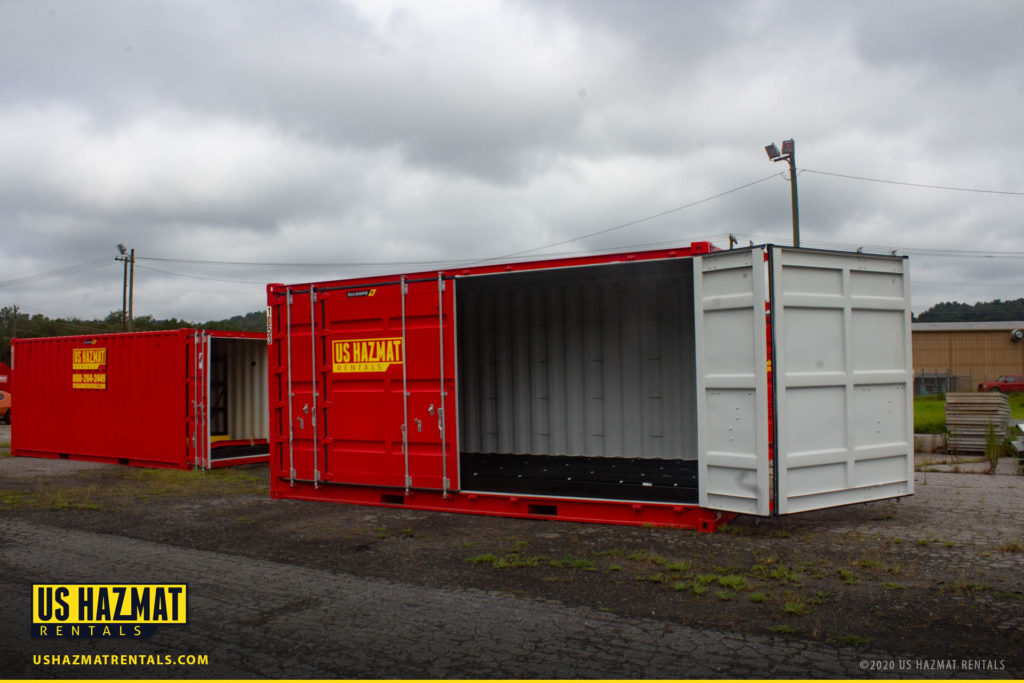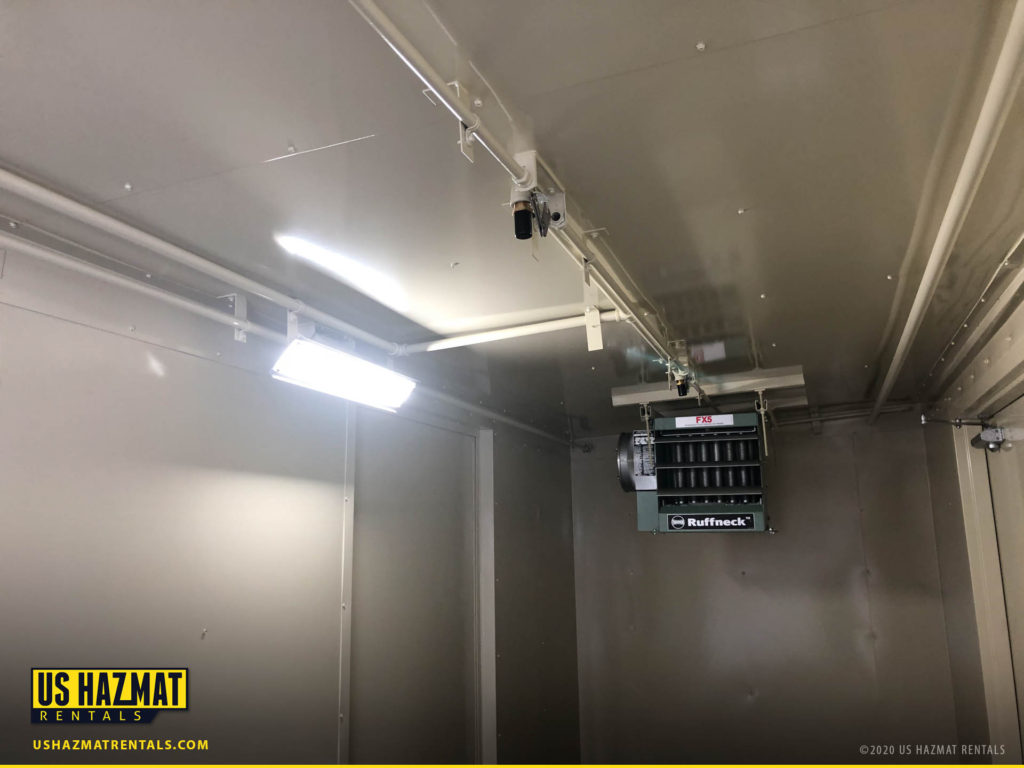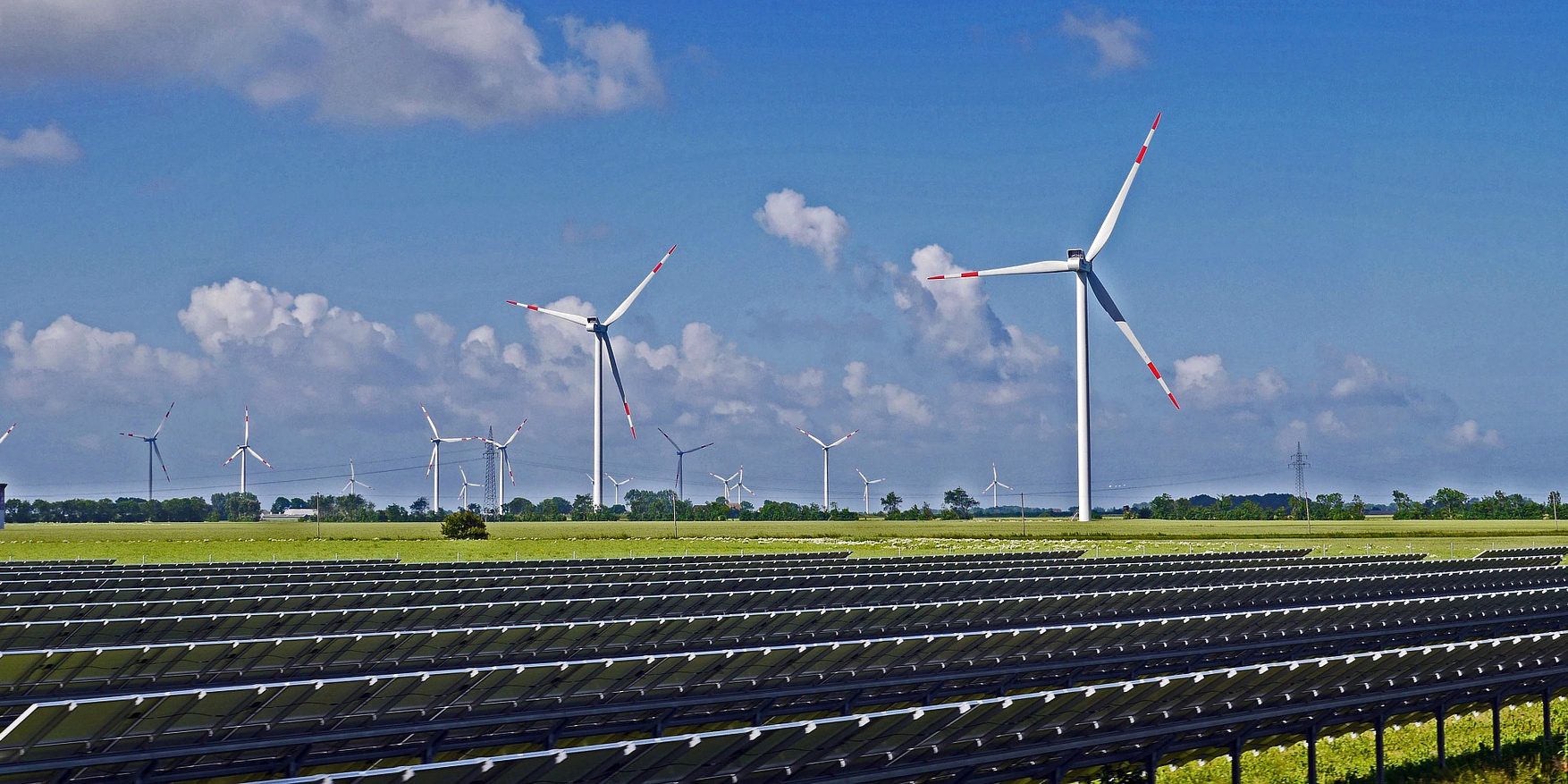America is ‘Going Green.’ Climate change is underscoring the need for alternative energies and sustainable development. As industrial manufacturers look to lessen their carbon footprint, the nascent renewable energy industry anticipates sustainable growth. After years of combatting misinformation from the insidious propaganda machines of ‘Big Oil’ and the fossil fuel industry, sustainable development is situated to supplant dated technologies and polluters. But ‘Going Green’ isn’t as always as clean and pristine as it sounds. Solar chemical storage depends on complicated heat transfer processes that rely on hazardous chemicals for generator distribution and energy conversion into kinetic form. Peak energy consumption and sporadic natural production also necessitate bulk energy storage in chemical cells.
What is Solar Chemical?

Solar chemical simply refers to the processes involved in capturing solar energy through natural sunlight in a series of chemical reactions. It’s sort of like artificial photosynthesis, but instead of using glucose molecules, solar engineers rely on heat transfer chemicals for storage and use. Many of these fluid chemicals and oxidizers require NPFA compliant protection. Harnessing the abundant energy of natural sunlight is still like trying to catch ‘lightning in a bottle.’ While advances in technology have increased storage capacities, solar farms are still at the mercy of Mother Nature in providing enough sunlight to store for future use. As a result, developing sufficient storage systems that can withstand intense endothermic reactions and high heat exchanges continues to challenge system engineers. U.S. Hazmat Rentals wide-swinging access doors ensures effective and compliant storage for large tanks and volumes of heat transfer chemicals. Forklift accessibility creates easy retrieval and storage protocols so these chemicals can be quickly implemented in your operation’s generator distribution system.

Prevent ‘Thermal Runaway’ with NFPA Energy Storage Systems Compliance

ESS refers to a group of systems or devices that when assembled together, capture and store energy that can be used at a later time. One of the most common examples of an ESS is a lithium-ion battery. Eco-friendly and lightweight, lithium-ion batteries remain an industry standard in the renewable energies sector. Because of their high energy density, these batteries pack a bigger punch and offer more charge cycles, making these energy cells particularly attractive to a sector that’s obsessed with maximum use and renewability. But these batteries are also prone to thermal runaway, which is a series of unstoppable chain reactions that begins with ineffective energy dissipation. Thermal runaway in just one cell can cause neighboring cells to heat up and eventually cause a mammoth explosion or fire. One of this simplest preventative measures in addressing thermal runaway is temperature control, which is required by NFPA Standard 69 for battery storage. U.S. Hazmat Rentals fire-rated storage lockers can maintain an optimal internal temperature with climate control capabilities to prevent thermal runaway in lithium ion battery storage. Optional mechanical ventilation – dictated by OSHA Standard 1926.403(d)(2) – can also keep battery configurations cool and functioning at factory specifications.
Fire Suppression System and Accurate Sprinkler Placement

Battery configurations prone to thermal runaway and fire will continue to plague vulnerable systems in the field of solar chemical storage. As outlined by NFPA Standard 13, a dry chemical fire suppression system remains the best tool in extinguishing an ESS fire. What many solar technicians don’t realize is that distance between sprinkler placement is completely reliant on the number of ESS cell and potential Kilowatt yield.






